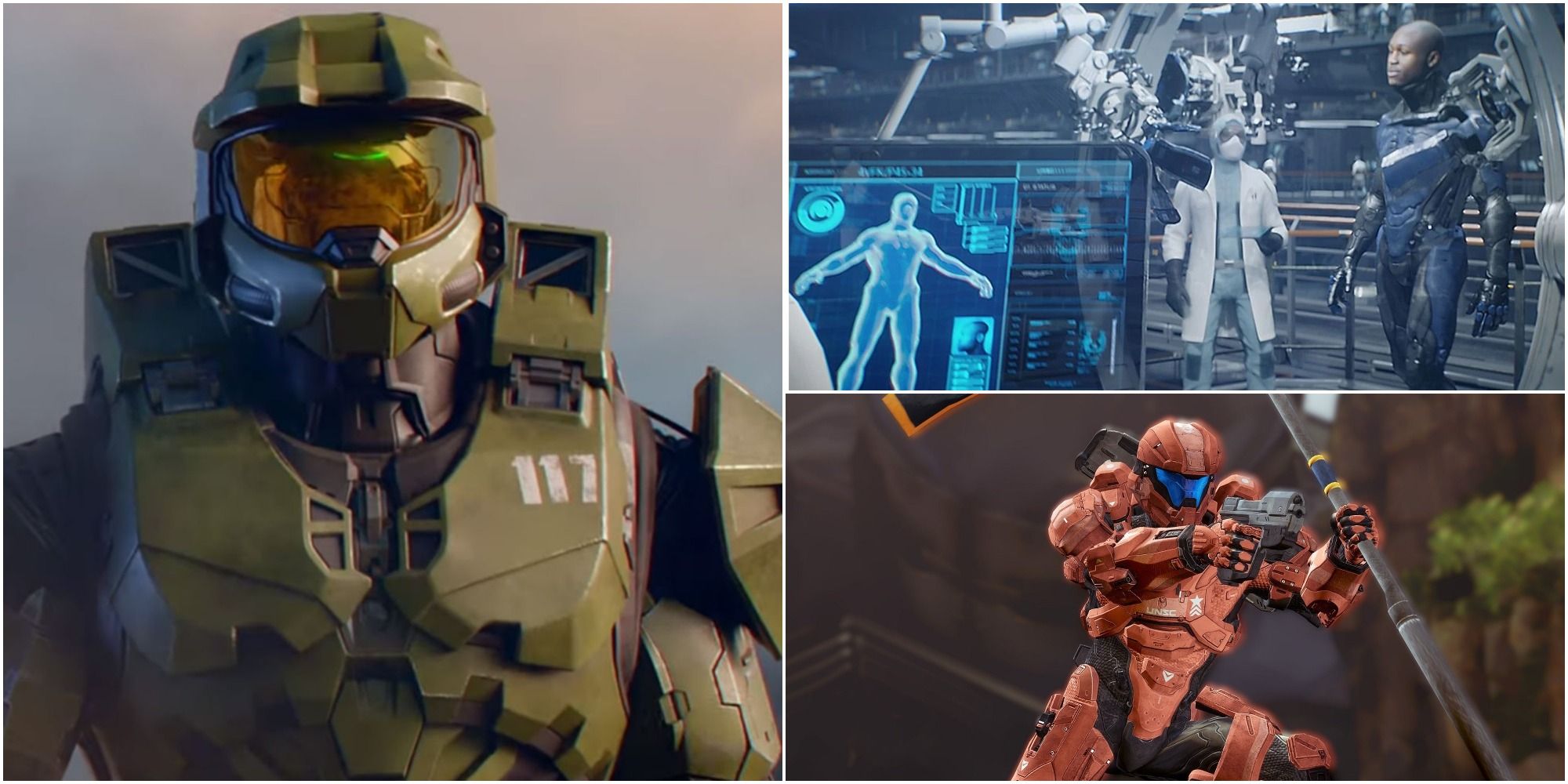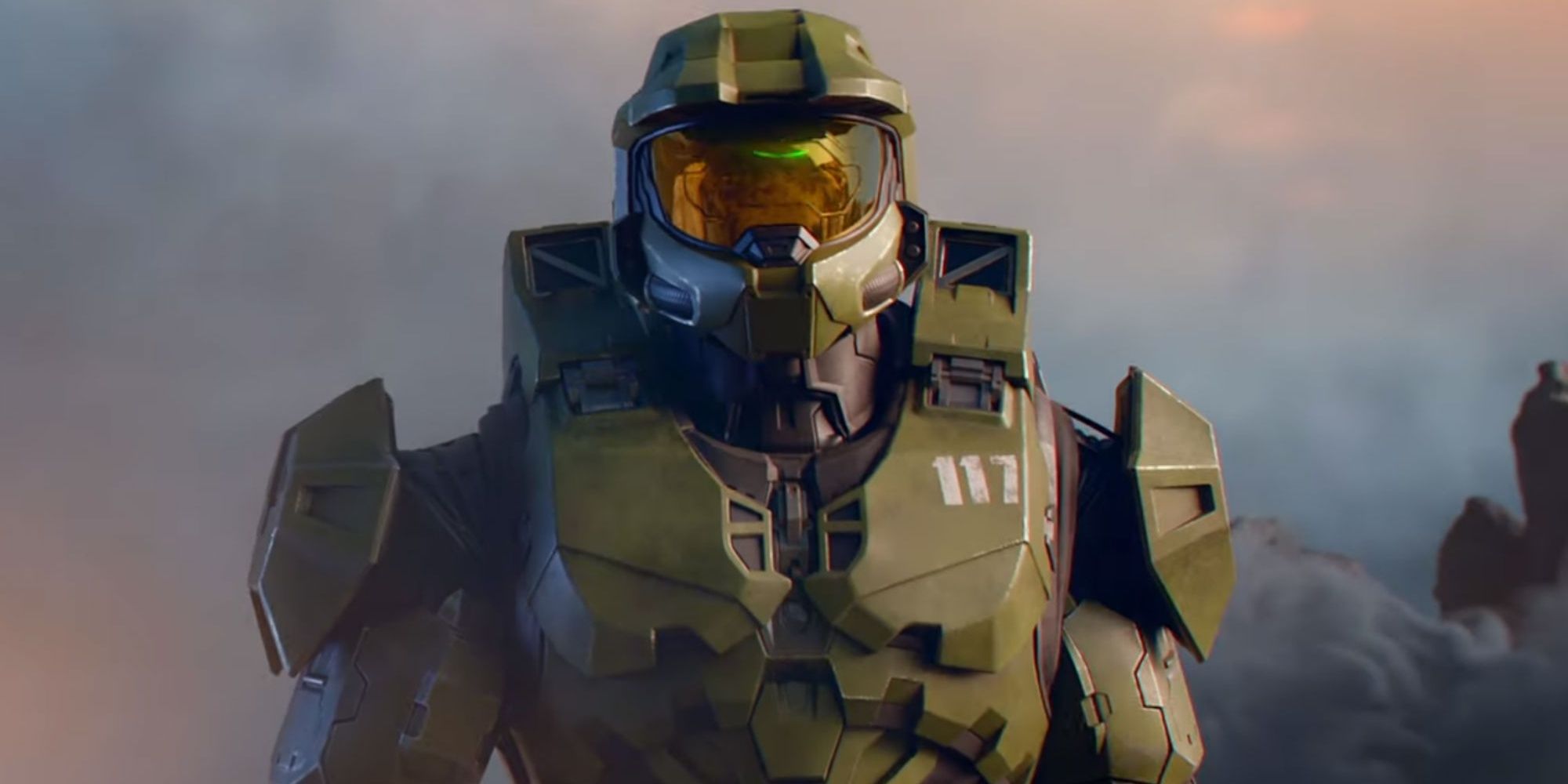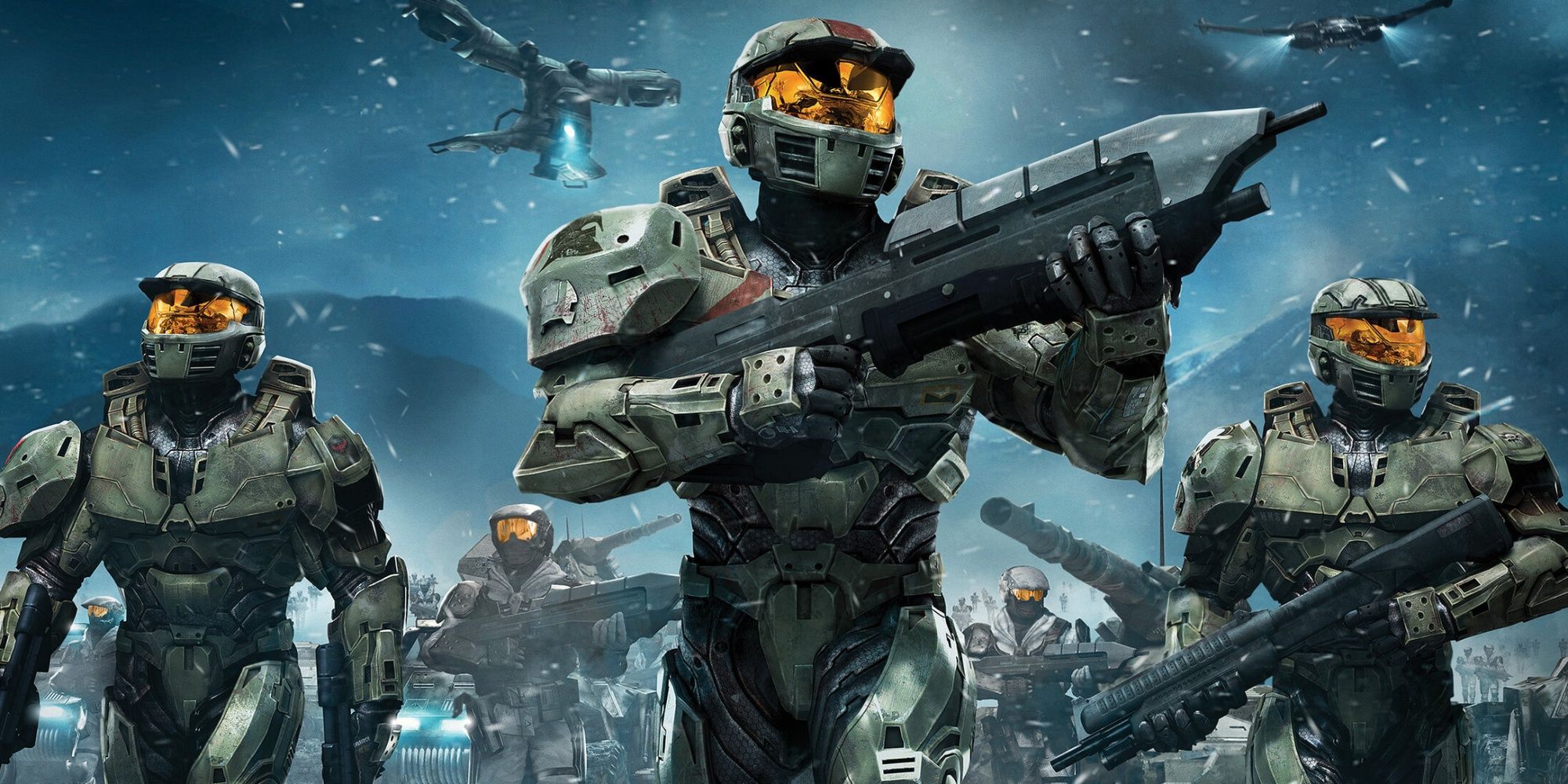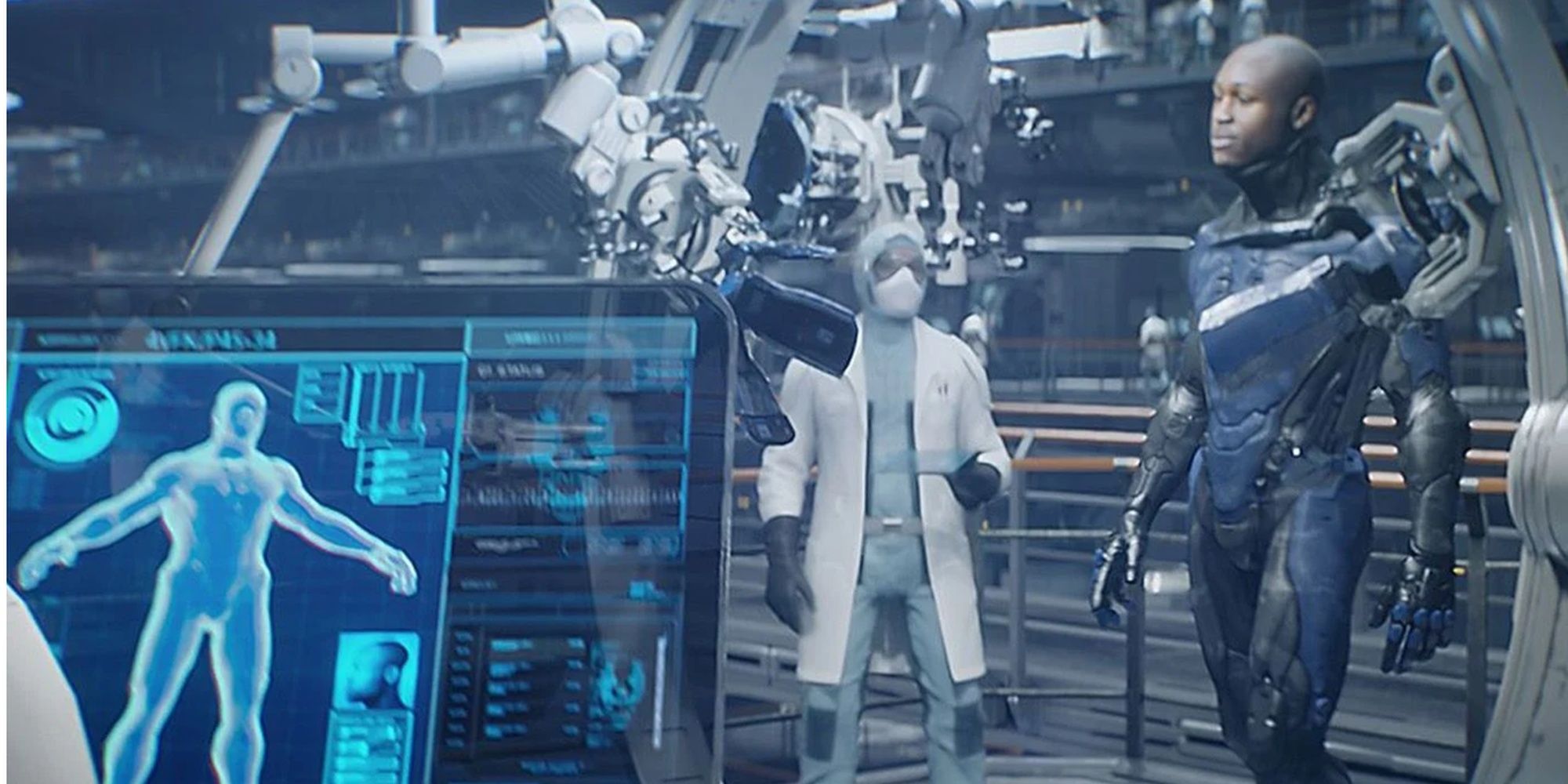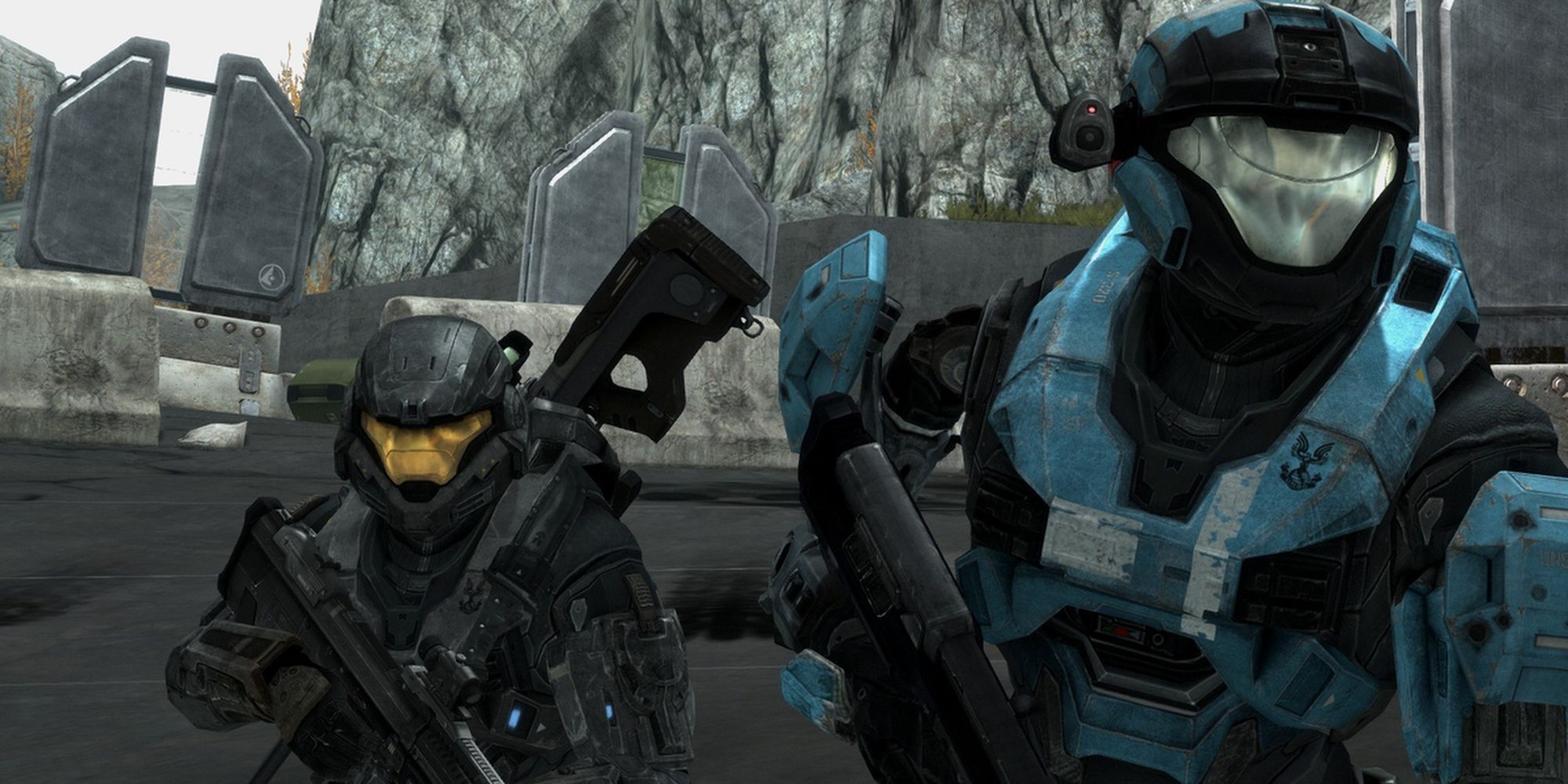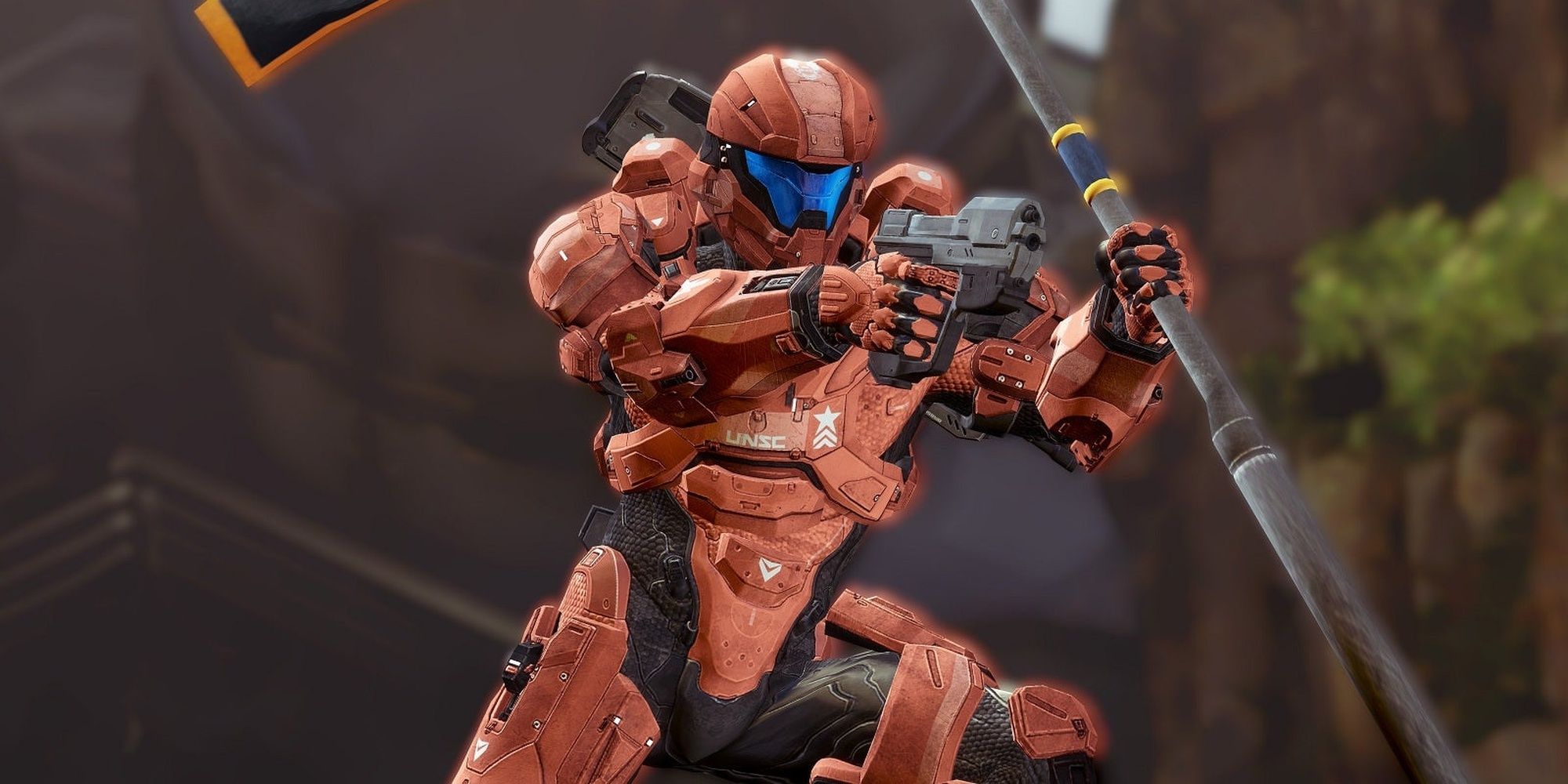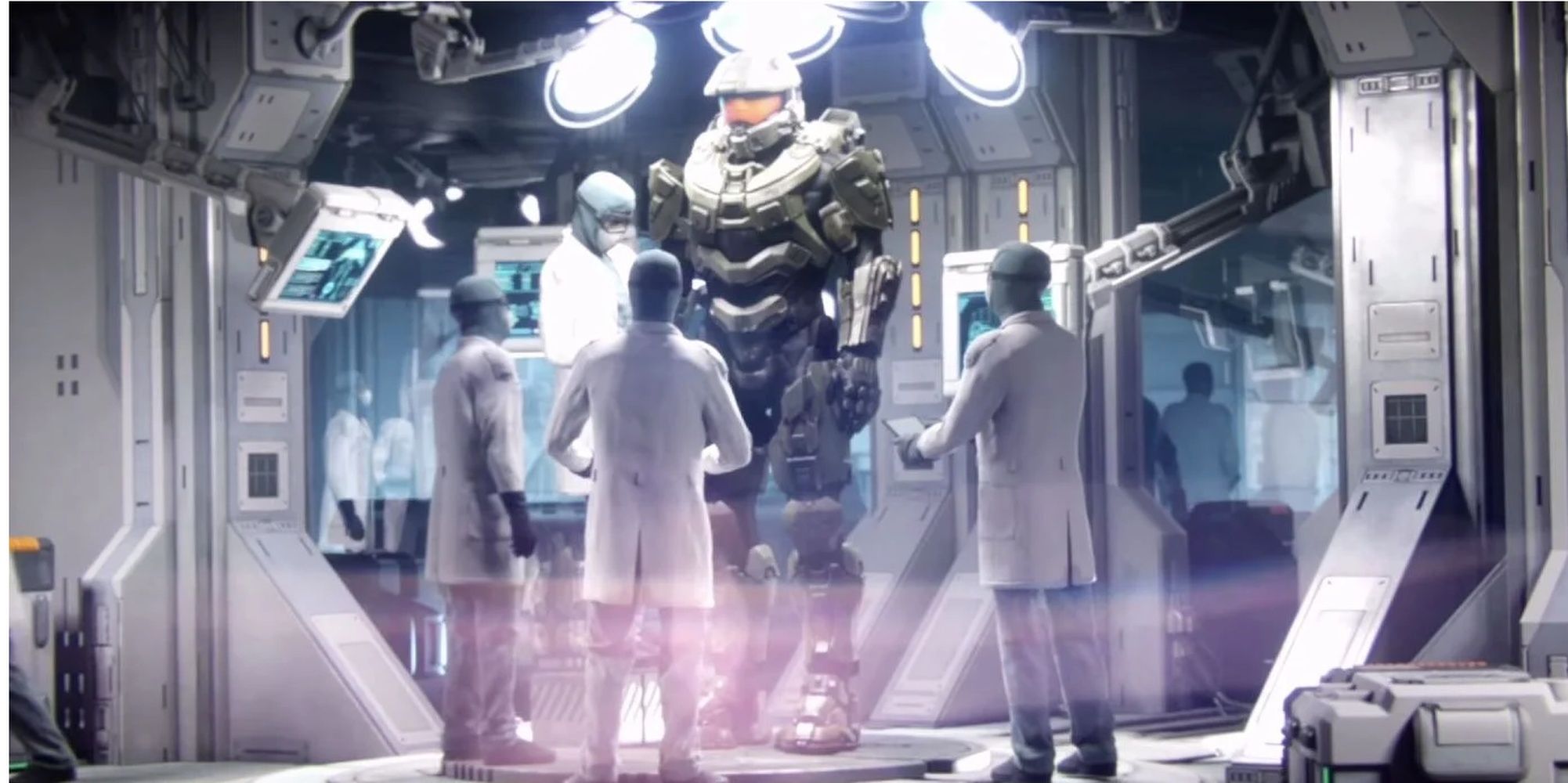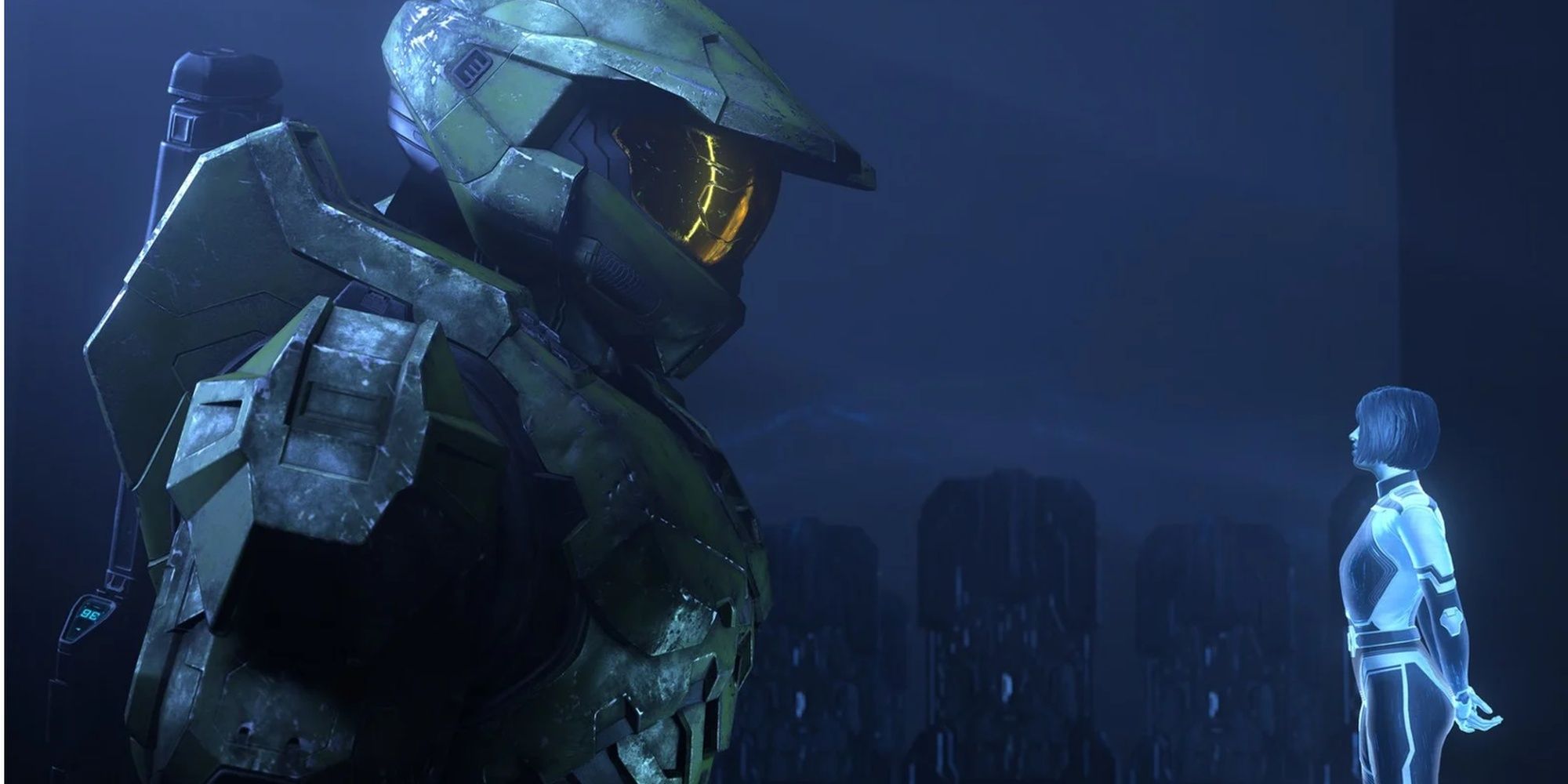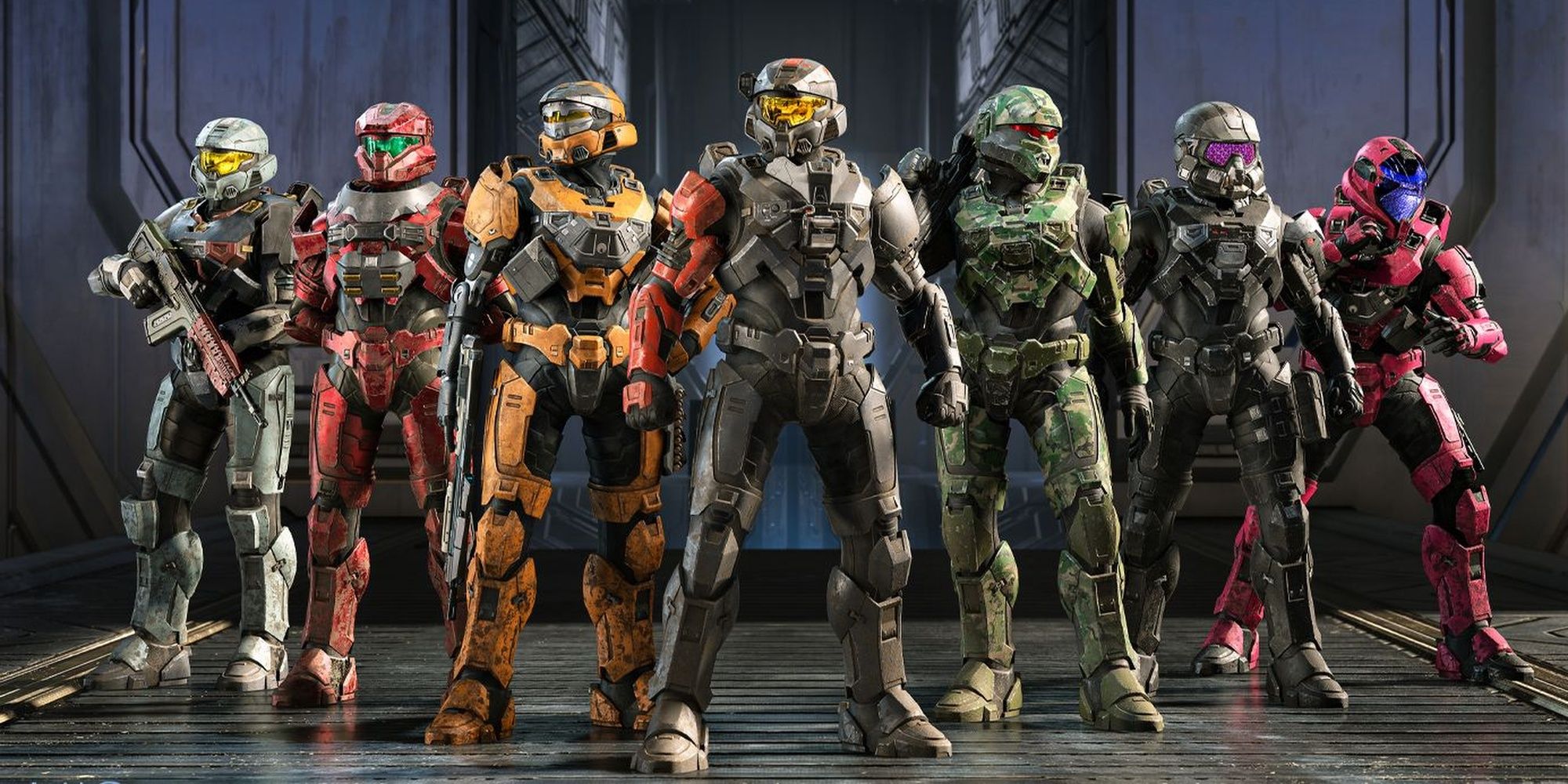Quick Links
Standing tall above normal humans, the Spartans of the Halo series are tactical geniuses with lightning-fast reflexes encased in starship hull strength armor, they're unstoppable super soldiers that are more living weapons than person. Developed in secret by the UNSC as a counter to the growing rebellion and impending civil war, these walking tanks became the frontline force that eventually helped turn the tide against the invasion of The Covenant.
Many aspire to be like them but were they to know the truth of their creation, there may be a few that would second guess that decision because the process to create a Spartan requires some pretty brutal things. The lore behind these characters, the most notable of which is John-117, a.k.a Master Chief, is a deep well you can lose yourself for hours in. For those looking to dip their toes in or for a general overview to simplify the vast works of background material, here’s a brief overview.
Who Are The Spartans?
Named after the legendary soldiers of old, Spartans are the pinnacle of human augmentation to create an unstoppable living weapon that can out-think, out-fight, and out-maneuver any enemy force they’re put up against. Think Captain America but in high-tech battle armor like a 40k Space Marine and you’ve pretty much got a Spartan.
They were developed in secret as part of the Orion Project by the Office of Naval Intelligence (ONI) with the original goal of creating the perfect soldier that could protect colonies, patrol warzones, and crush uprisings, a common problem at the time.
The project was initially just an experimental test to see if it was possible and after mixed results, it was shelved for a few hundred years. It would be later brought back again and again with improvements to the program each subsequent time until the formal formation of the Spartan-II program under the reigns of Dr. Catherine Halsey, a member of ONI's mysterious Section 3.
In the series canon, it took nearly 185 years from the genesis of the first Spartan to the current line of armor-clad juggernauts you’re familiar with in the Halo series to be let loose in the public eye. Over that long period, the Spartan creation program became a well-tuned machine that provided consistent results to the UNSC, although it was not without its flaws.
The Spartan Program
The original Spartan Program was like your bog-standard super soldier project. They selected the best of the best from their ranks and chemically enhanced them to make them better, faster, and stronger. It did the job and for a time these soldiers kept the peace, but with the expenses required to create these soldiers outweighing the initial need of nigh-invincible peacekeepers, the project fell into disuse.
Spartan-II
Fast forward to Dr. Catherine Halsey's appearance and the program takes a far more monstrous and ethically questionable change of course. Instead of volunteers from the army, Halsey and her team would abduct over 70 children, most of whom were orphans or homeless. Those that had families were replaced with clones that were genetically engineered to die six months later from “natural causes” to cover up their tracks.
These kidnapped kids would then be indoctrinated into the military, taught advanced tactical maneuvers, and trained constantly to become an unstoppable fighting force. It was a brutal and grueling practice that stripped away any semblance of the children they once were and turned them into soulless killers.
Things would only get rougher from there as the children matured in age they would undergo surgical augmentation to enhance them. Sadly of that original number, only around 30 survived the process completely, with 12 being crippled either physically, mentally or both and the remaining number dying as a result of the numerous painful procedures.
The surviving candidates would continue to train and learn advanced battle tactics as well as being sent out on numerous missions, training and real, to further hone their skills. They were also the first Spartans to be kitted out with the advanced Mjolnir armor, a suit of power armor that would become a staple of the program.
These advanced tactical rigs modified their strength, movement, and reflexes, filtered toxins, were sealed from the vacuum of space, kept them safe from a limited amount of Covenant energy weapons and it was so sturdy it could survive falls from low orbit, as was demonstated by Master Chief at the beginning of Halo 3.
Spartan-III
The Spartan Program at this stage would prove to be incredibly successful at combating the invading Covenant armadas and it would go on to be refined into the Spartan-III program.
This project still used children, but it was cheaper, had better training, and had enough consistent results in candidates that Mark III Spartans were so plentiful that they were often referred to as “expendable”. The Spartan-IIIs were comprised of mostly orphaned children from the Covenant War who volunteered for the process.
Spartan-IV
Later on, the Spartan-IV program would appear. Similar to the original Orion project, this new system only used consenting adult volunteers instead of abducting children. Also, unlike their Spartan-III predecessors who use aged and questionable armor, their kits were all Mjolnir grade and were donated by private benefactors or supportive PMC groups.
They also have no military hierarchy; instead, they work as a cohesive unit, with the composition changing depending on the specific skills of each member and the task at hand.
All in all the Spartan Program isn’t the rosy rainbow-covered rise to hero-dom that many think it is, once you scratch the surface of the lore, this shiny idealistic armor-covered image has a pretty rusted and rotten core. Though by the looks, the series is steering things away from their murky past with future versions sticking to solely adults and more ethical practices to produce results.
Mjolnir Armor
There have been numerous adaptations of the Mjolnir armor that Spartans wear with each subsequent iteration housing new and more advanced technical improvements to enhance and protect its wearer.
The original versions of the suit were bulky and incredibly expensive devices that had to be tethered to a power source in order to continue functioning. After advancements in science allowed for further improvements, new prototypes appeared that would have their own power source, better armor, AI housing, and general battlefield improvements.
However, the suits' development would reach a plateau as they began to suffer from one limitation, the physical abilities of their wearer.
In a handful of particularly disastrous examples, this involved suits of power armor moving so fast as to break the bones in the arms and legs of their wearers or in some extreme cases snapping necks. This all changed with the combination of the Spartan program and its augmented soldiers who could keep up with the suits.
Current iterations of Mjolnir armor deployed on the battlefield feature the following:
- Thought-reactive movement (you think it, the suit does it),
- Hydrostatic gel layers to maintain and disperse heat.
- Super strength Titanium armored plating.
- Energy Shields.
- Bio-foam injectors to cauterize and cover wounds from infection,
- Pressurized seals to keep out the vacuum of space.
- Advanced toxin filters,
- Strength-enhancing motors
- Advanced tactical HUDs, cameras, and lights in a helmet that functions as a supercomputer whilst also keeping the wearer's head safe.
With Halo Infinite adding new mechanics such as grapple hooks, repulsors, and more, the Mjolnir armor continues to evolve into the ultimate battle suit of the modern era.
AI Neural Interface
One of the most unique features of the Spartans is their compatibility with AI. This is thanks to a Neural Interface that’s inserted both in their suit and brain that streamlines the connection between armor and soldier, turning thought into instant action and relaying battlefield information as fast as it can come in.
In some exceptional cases, suits could be outfitted with an AI Chip, as shown with John-117 and Cortana or Naomi-010 and Black Box. Turning the duo into an unstoppable fighting force with a supercomputer in their brain that can easily hack any human or alien technology at will.
Notable Spartans
Though the casualty list of the Spartan Program is pretty high, there were some exceptional candidates that came out of it. Either in the books, animated series, or video games, there have been some heroic and memorable super armor-clad soldiers that are worth mentioning.
|
John-117 |
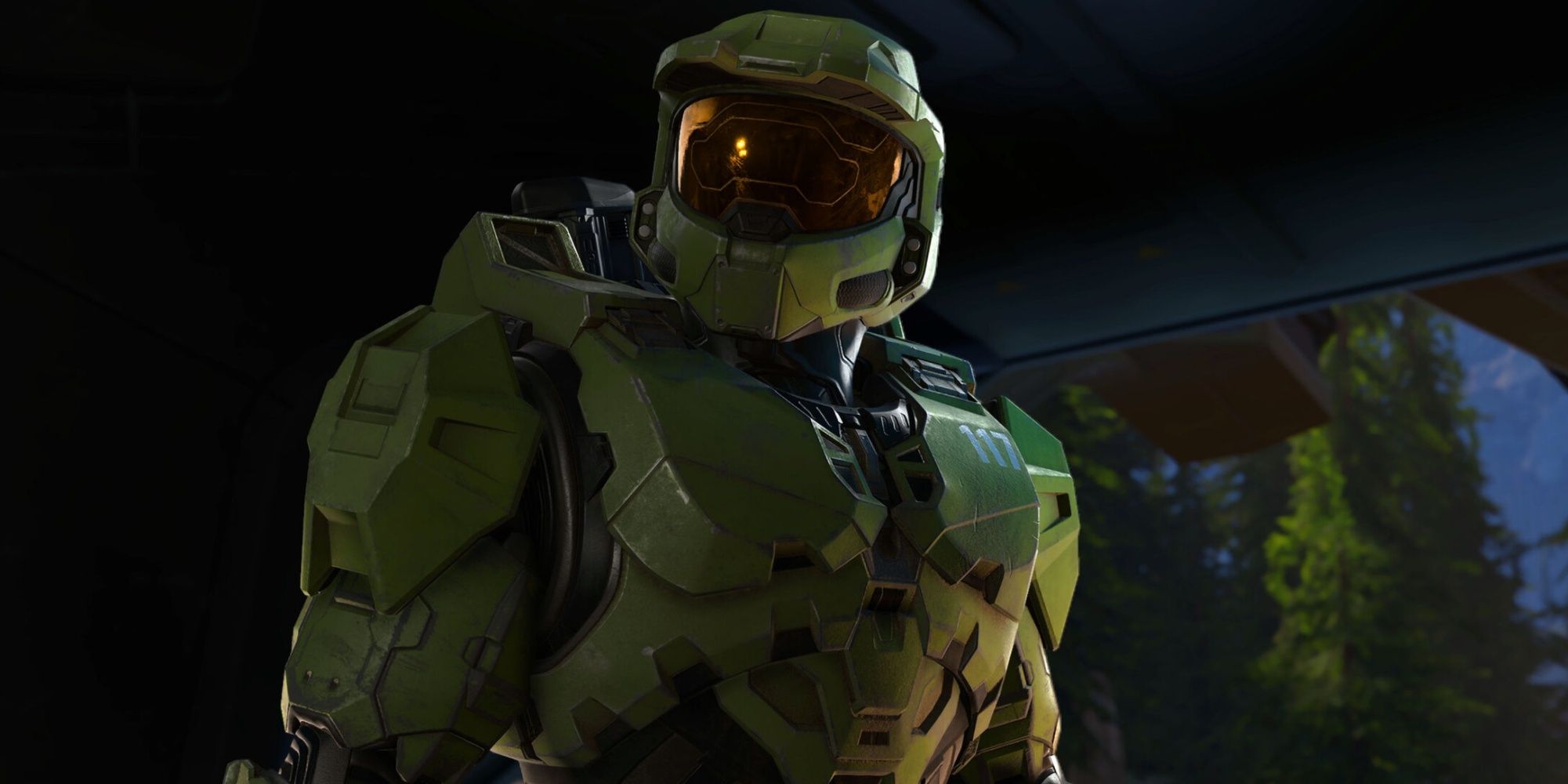
|
Halo series protagonist and all-around good-guy, John-117, or Master Chief as he's known has been around since Halo: Combat Evolved and is considered the strongest Spartan ever created. |
|---|---|---|
|
Jerome-092 |
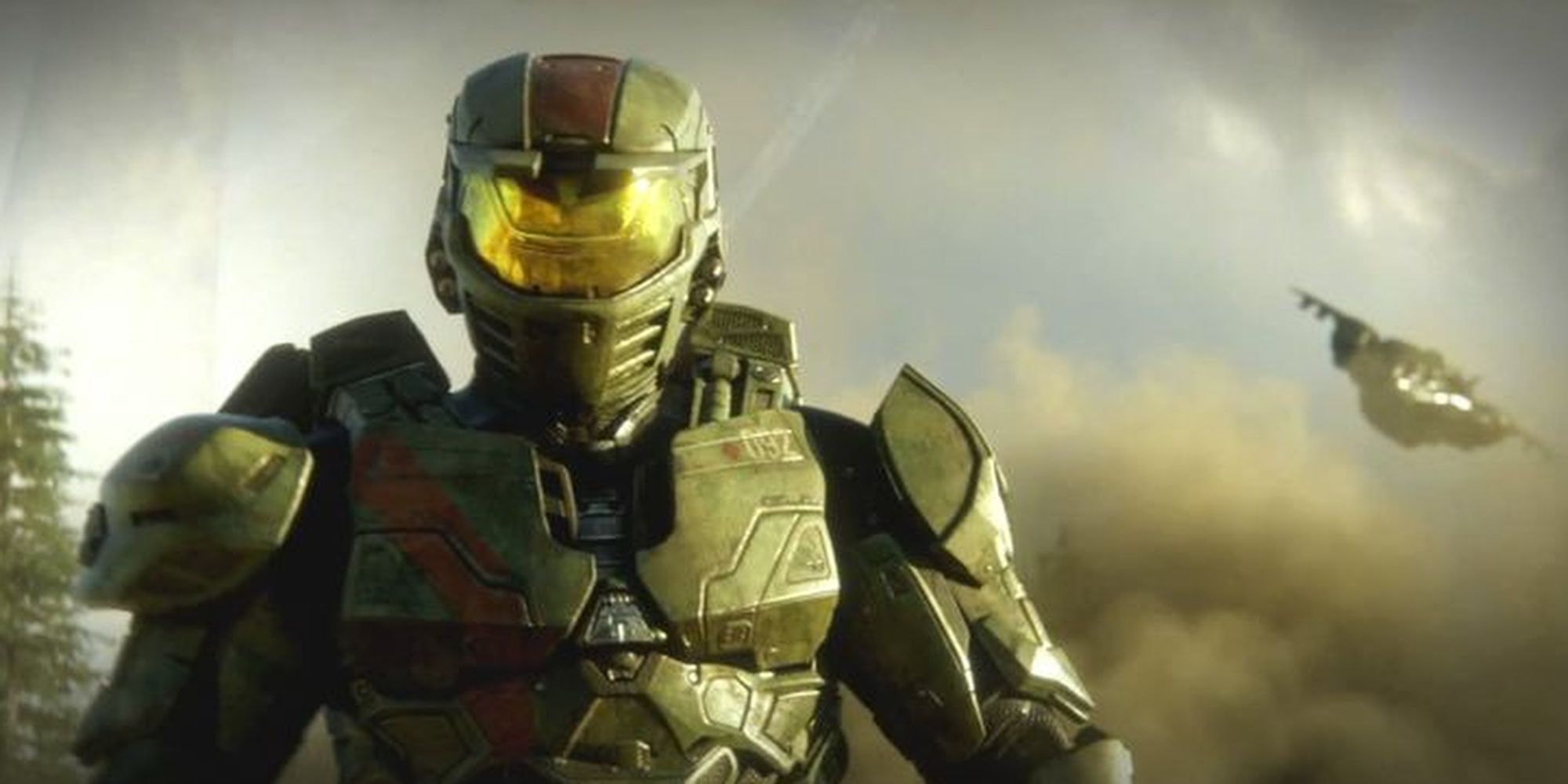
|
Appearing in Halo Wars. Jerome-092 was a Spartan Program "Wash Out" that returned with further augmentation and outdated armor, yet still proved to be an unstoppable Covenenant slaughtering force of nature. |
|
Kelly-087 |
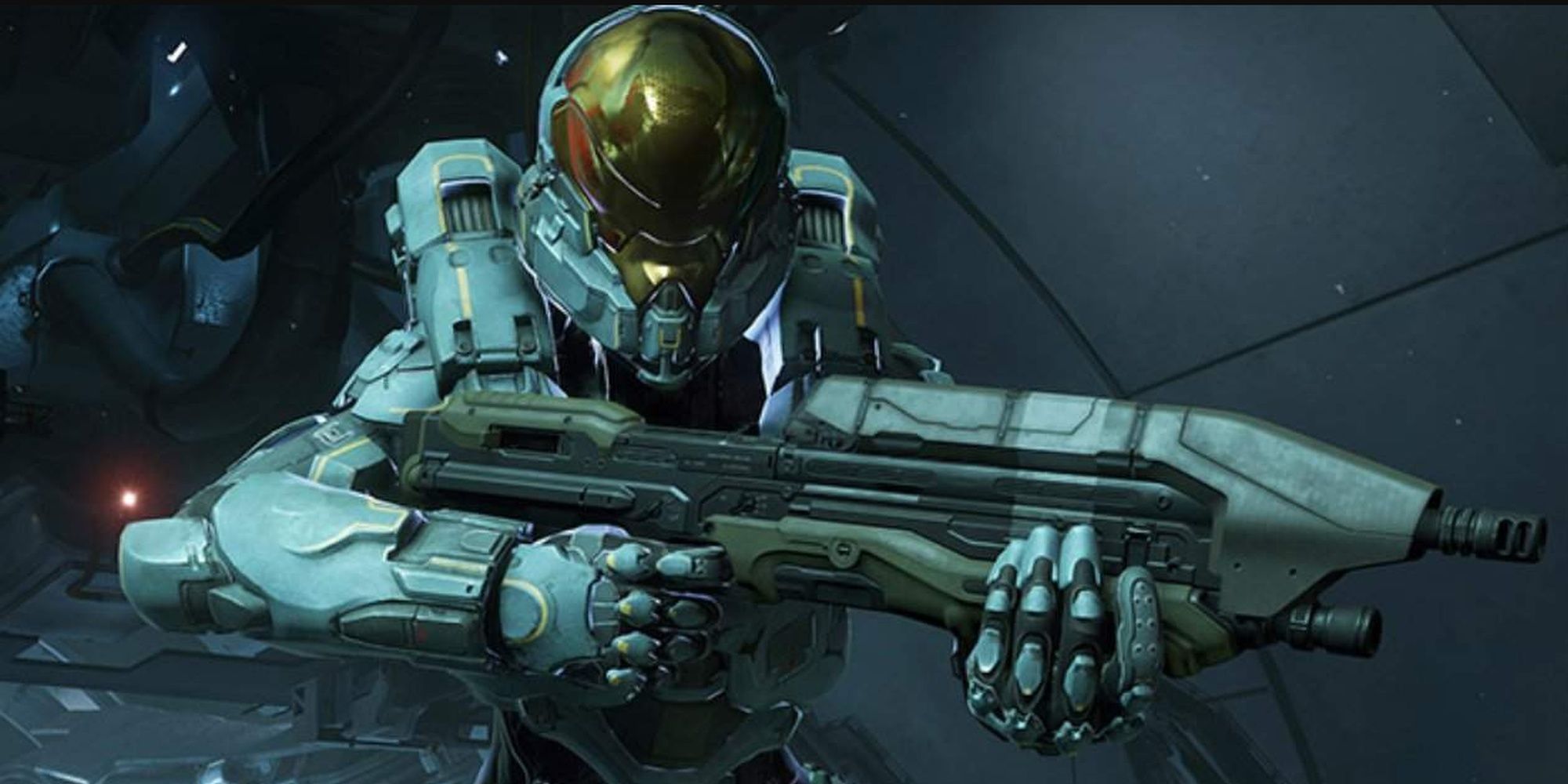
|
Master Chief's closest friend and one of the fastest humans alive. Kelly-087 has been around in the background since the beginning with several appearances in the books and in the Halo anime, with Halo Four and Five being her most recent videogame appearance. |
|
Jorge-52 |
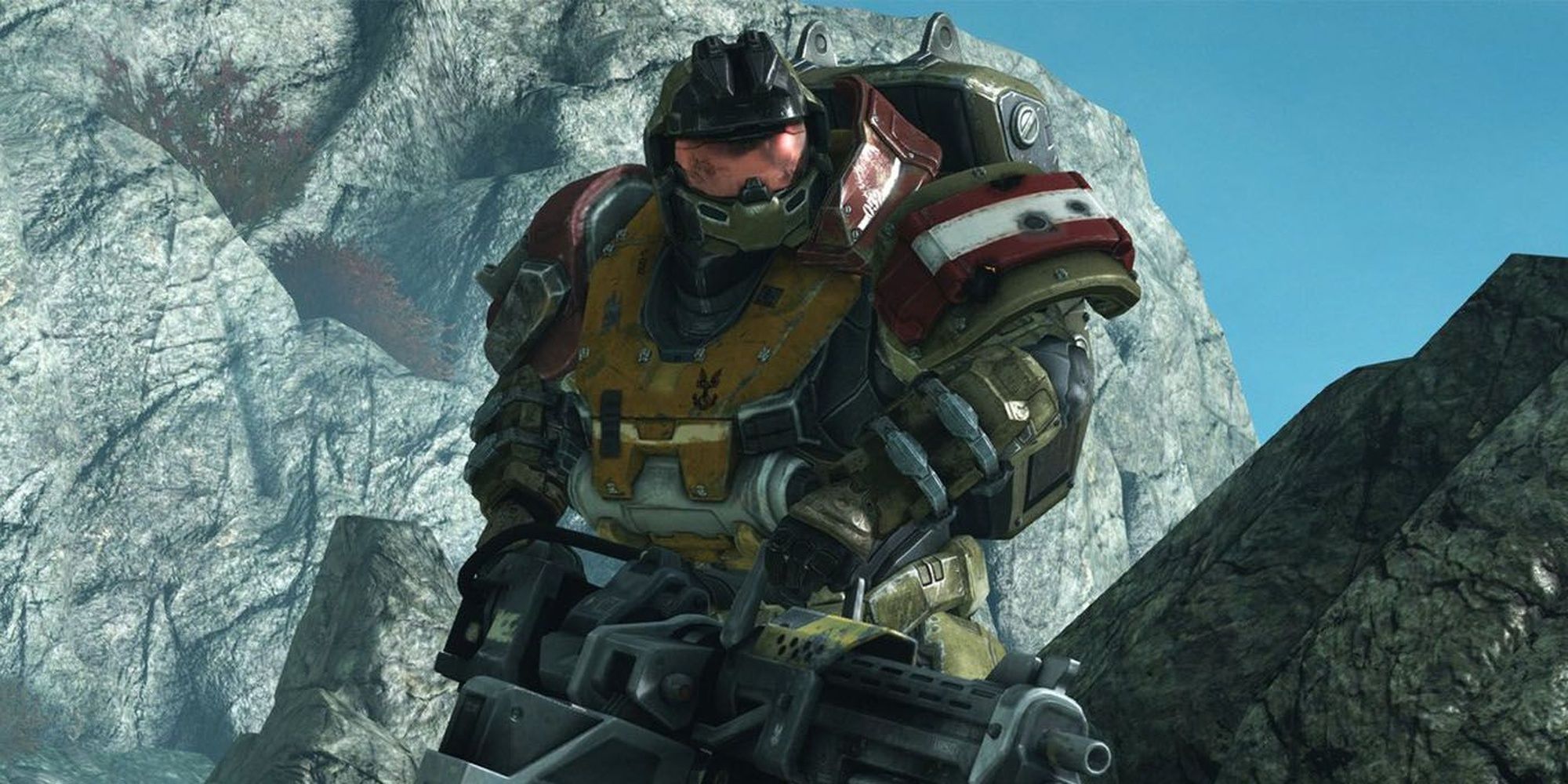
|
Appearing alongside his teammates of Noble Team, a Spartan III squad that slowed the Covenant invasion of the planet Reach. Jorge-52 is a kind-hearted heavy gunner that sacrificed himself to save his team onboard a Covenant invasion ship. |
|
Buck |
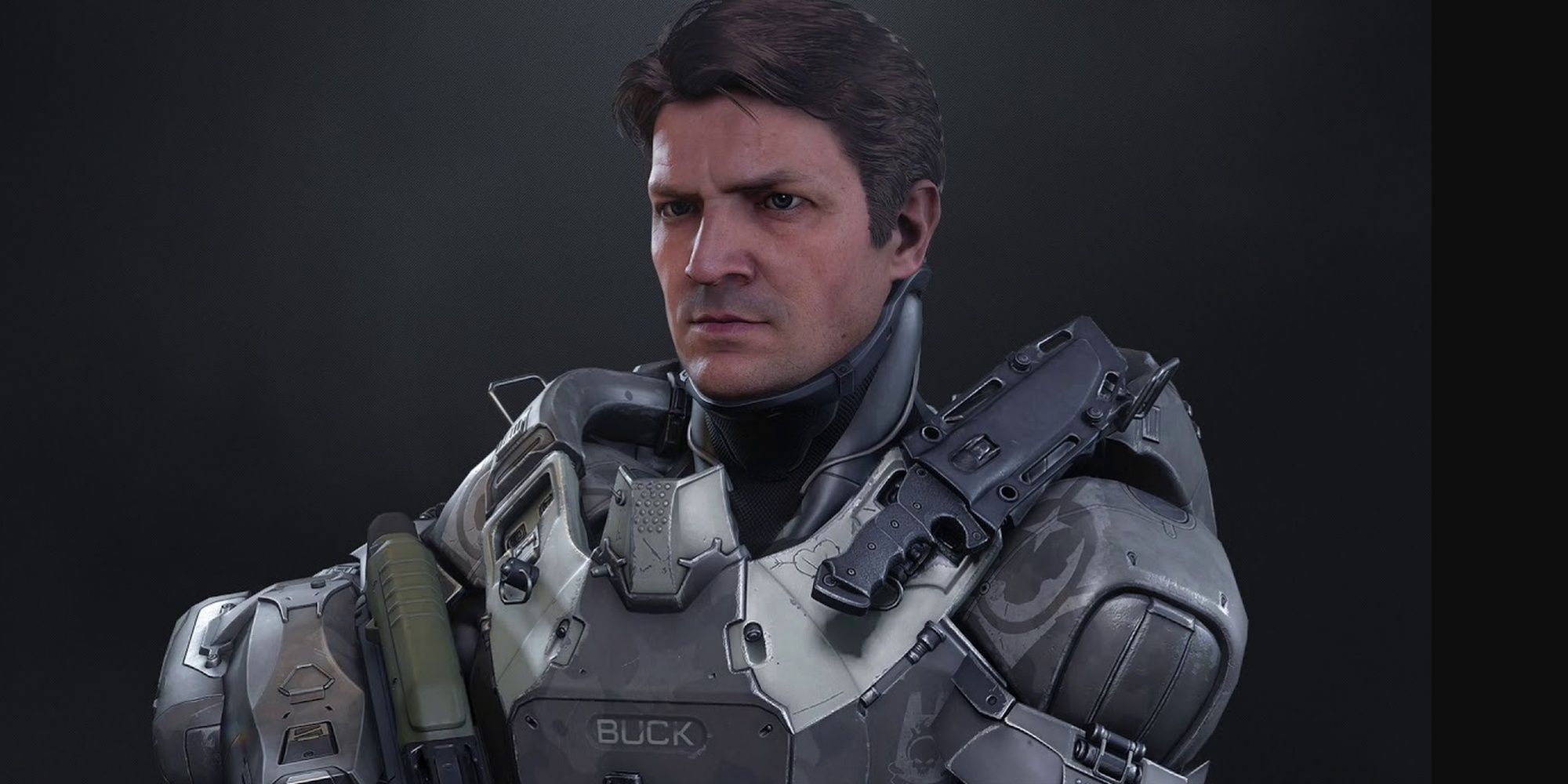
|
Voiced by actor Nathan Fillion and originally appearing in Halo: ODST. Buck is the most experienced Spartan-IV to exist. He was the first Spartan to ever start out as an ordinary marine, who advanced through the ranks to ODST before excelling in the Spartan Program. He is also still on active duty. |
|
B-312 |
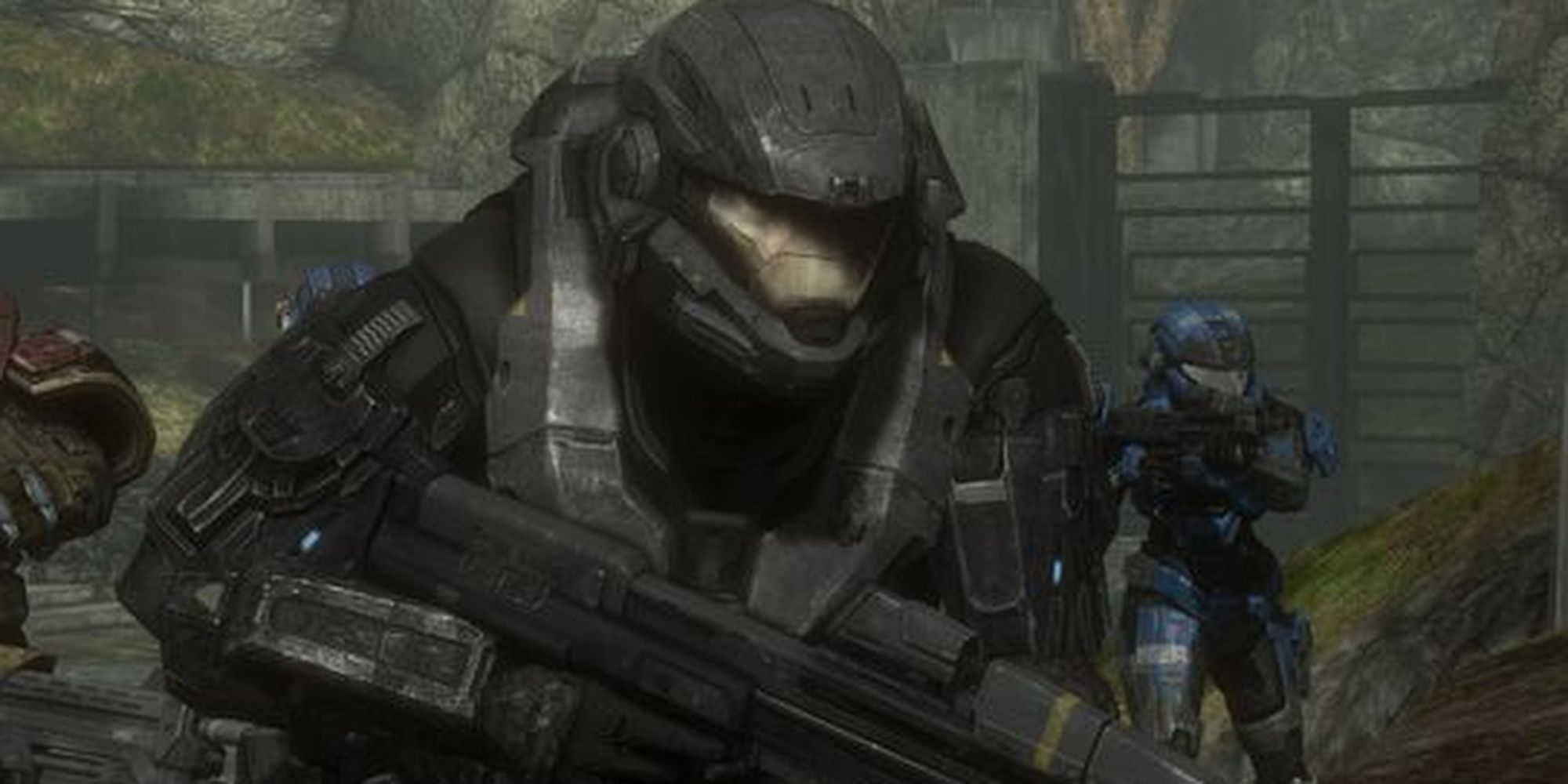
|
The customizable player protagonist from Halo: Reach, B-312 was part of Noble Team. They're one of only two Spartans to ever be officially considered "Highly Lethal", with B-312 killing hundreds of Covenant singlehandedly before they were taken down during the Fall of Reach. |
These are just a handful of memorable Spartans that have appeared in the series, with the franchise continuing to bring new and interesting characters, no doubt the ranks of these super soldiers will only fill with more heroes in space armor.

